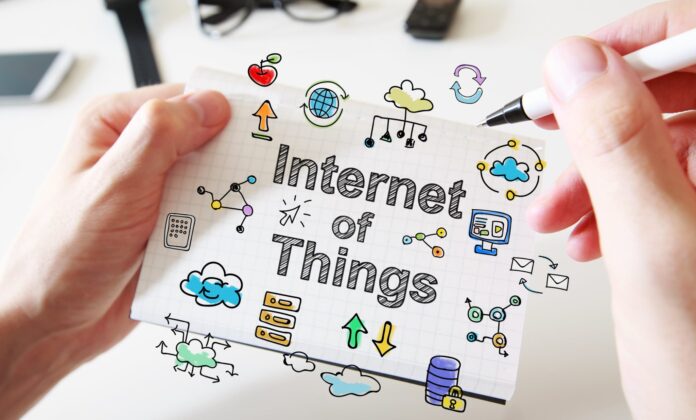Snap IoT analysis just in from ABI Research; the US-headquartered firm has run the rule over the post-coronavirus market for IoT gateways and concluded, because of industrial IoT takeup among other factors, that total global revenues from the sale of IoT gateways will jump 21.62 percent in the four-year period to the start of 2026, going from around $21.95 billion in 2022 to over $48 billion in 2026. A surge in 5G-based IoT gateways will start in 2026, it said.
The firm, with a new report out, said the transition to cellular from fixed line services, and the migration to cellular IoT (Cat-1, plus LTE-M) from sunsetting 2G and 3G cellular services is also driving revenues upwards. But it suggested, indirectly, that interest in industrial IoT solutions, to monitor machines and infrastructure, as well as to track goods in supply chains, has spiralled upwards following the Covid-19 pandemic, and likely also a challenged global economy.
Enterprises are seeking ways to improve efficiencies and productivity, as a consequence, logic (and standard reporting from the industrial frontline) goes. It said Covid-19 has “helped solidify the role of gateways” in the fleet management and home monitoring segments, notably, including for “maintenance monitoring… to extend the lifetime of vehicles”, and for administering “remote care [after] healthcare workers could not visit as often as needed”.
At the same time, there was more competition in the smart home market (for “gateway architected smart home solutions”) from voice control front-end devices and smart televisions with embedded gateway functionality. ABI Research reckons that 3G will become almost obsolete as an IoT gateway technology by next year, replaced mostly by Cat-1 cellular IoT units. It said 5G gateway shipments “will accelerate in 2026”.
Total shipments of cellular IoT gateways will top 127 million by 2026, up 23 percent on a compound annual rate (CAGR) from around 45 million in 2021 (working backwards over a five-year period to 2021). At the same time, ABI Research said more capable cellular IoT sensor devices, particularly for critical -grade industrial IoT apps, will erode IoT gateway sales to an extent. “WAN-connected endpoint devices are playing a more significant role in IoT solutions, lessening the need for gateways,” it stated.
Abdullah Haider, researching IoT networks and services for ABI Research, said: “In critical IoT application segments like patient monitoring, more cellular WAN-connected [medical] devices are replacing gateway connected short-range wireless devices. But gateways [will] retain their utility, especially in industrial condition-based monitoring application segments. Short-range wireless devices are more practical for indoor deployments.”

